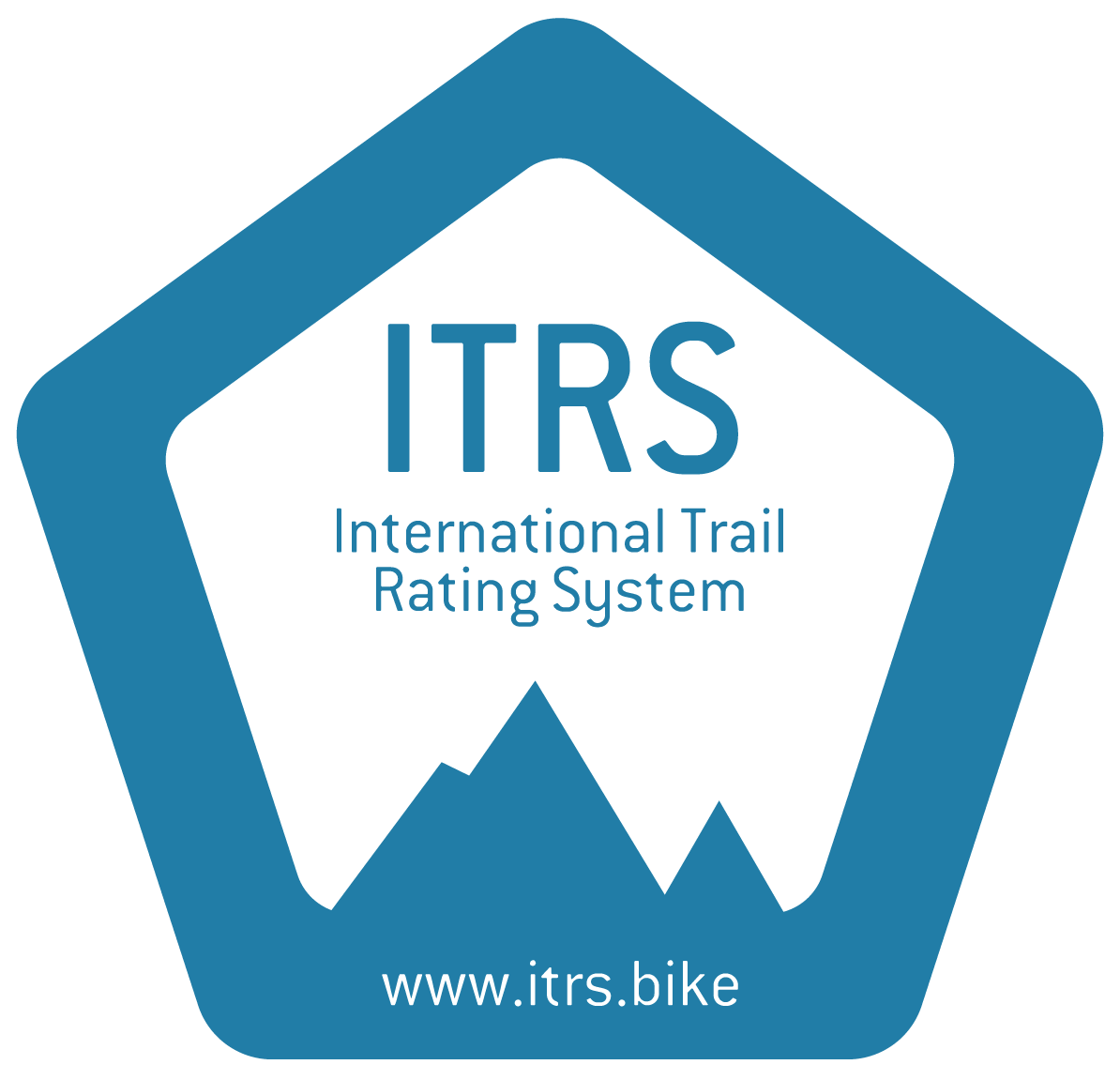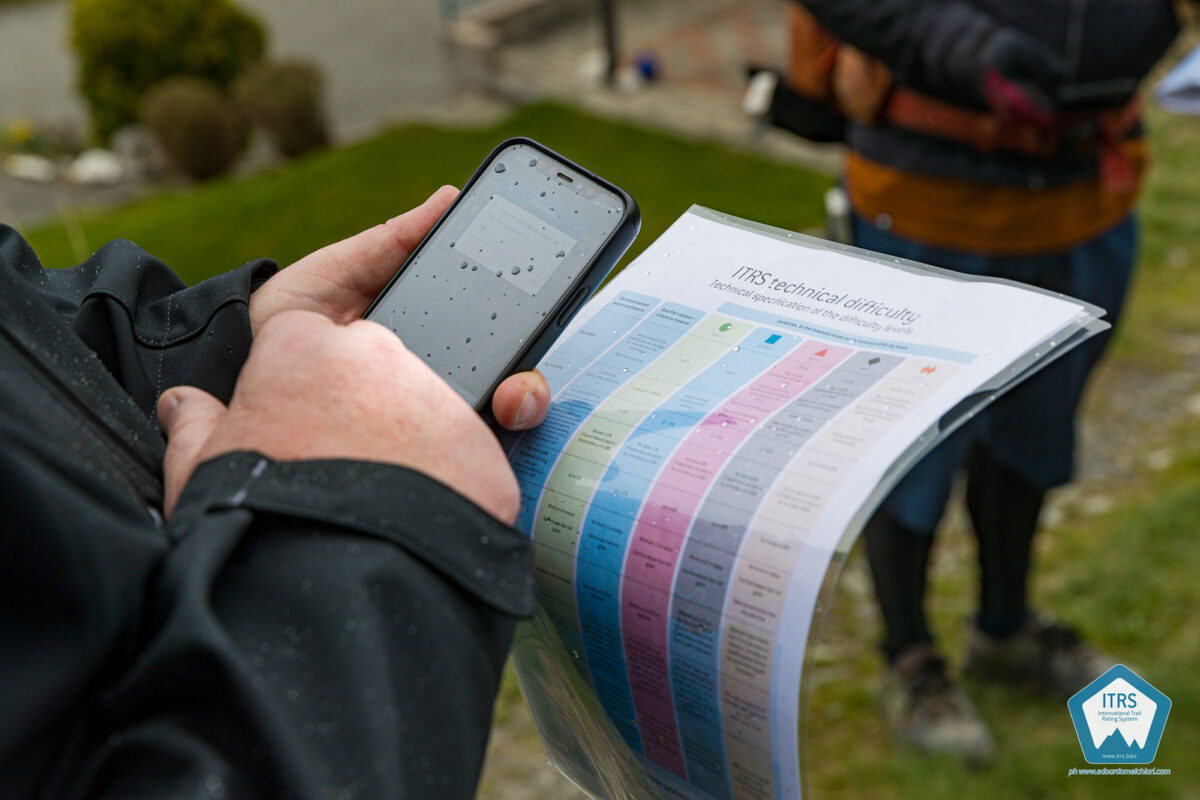Early May 2024 we released a major update of the ITRS on www.itrs.bike. If you actively use the ITRS, please download the updated material and carefully read the below article.
This update includes feedback that we got during the first Certified Trail Rater Training from an international group of participants with enormous experience in mountain biking and trail planning/building/management.
So what’s new and why?
1. Route Rating Logic
a) Refined logic to determine the overall technical difficulty rating of a route
The percentage of a route that can be of higher technical difficulty than given in the ITRS route pie was increased from 3% to 5%, but none of the harder trail segments can be longer than 500 m in one go. This should reflect the perception of bikers better than the previous rule, where no maximum length of the harder segments was included.
2. Technical Difficulty
a) Refinement and adjustment of technical trail specification
In general, all the below described adjustments do affect existing trail ratings only in a way that some trails may be rated as being easier as before. There are no changes that would require you to rate a trail as more difficult.
The main goal is to put the different evaluation criteria even more into the context of the riding skills that are required to ride such sections.
- The trail surface criterium was refined. The descriptions of the surface types now include links to the effect that the surface has on the required riding skills.
- The sketch with the trail width terminology was updated.
- The values for the maximum grade and average grade were refined to partially steeper values.
- For corners the values for minimum radius were refined to partially smaller radii to better reflect the effect on the required riding skills.
3. Endurance
a) Addition in Endurance calculator
It now shows how close the route is to the next higher level to support a manual judgment if one should rate the route higher in case, e.g., the climbs are not on a road but on technical trails.
4. Wilderness
a) Simplified definition to rate water supply
The rating is now based on the longest distance between two drinking water sources in a route. The thresholds are: green up to 7 km, blue up to 25 km, red up to 50 km, black above 50 km. These distances reflect moving times of approximately 1 hour / half a day / full day.
b) Simplified definition to rate rescue options
The rating is now based on the time that one would need in normal walking speed to reach the next public road from the most remote point of a route. The thresholds are: green up to 10 min, blue up to 1 h, red up to 6 h, black above 6 h. This enables an objective rating that is applicable everywhere and does not depend on the severity of the injury and means of rescue. Especially the latter will be decided by the local authorities case by case and is not a consistent criterium for the rescue options rating.
c) Added dangerous plants to wildlife
Poisonous/spiky plants like poison ivy or cacti were added as examples for wildlife level blue.
5. Various
a) ITRS nutshell chart in French
Correction of typos.
b) Comparison chart with different rating systems
Norway and Australia added.

